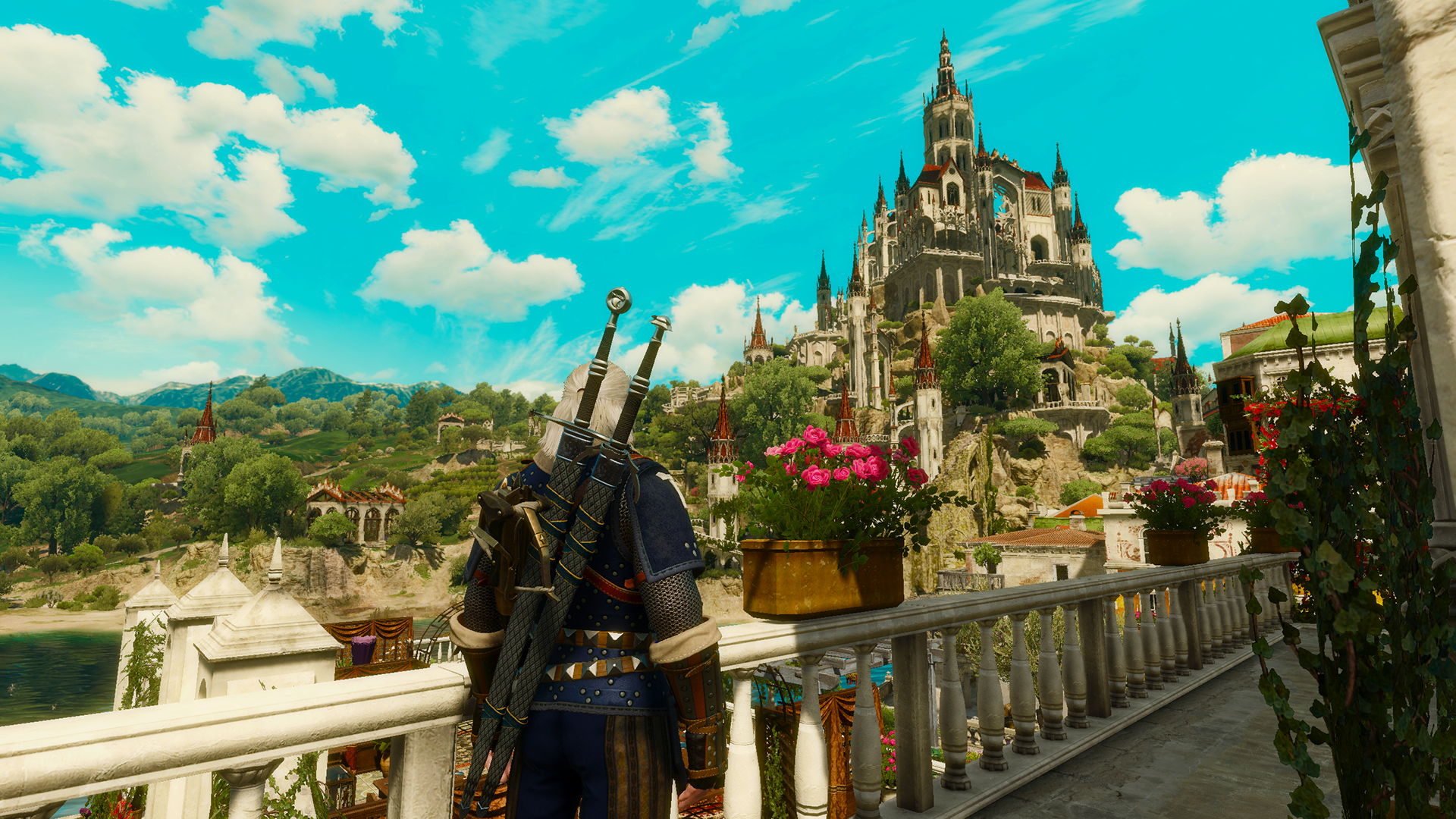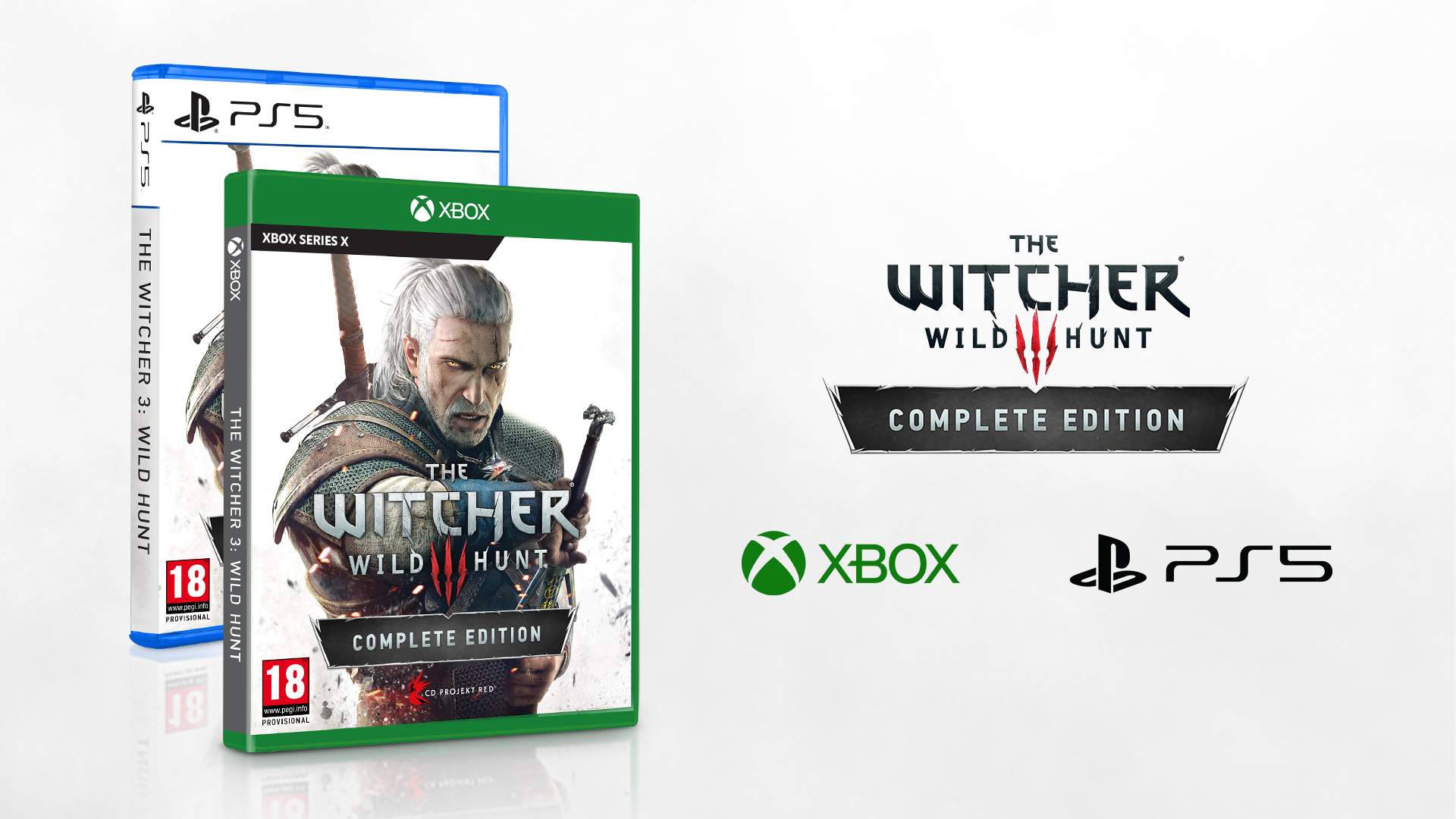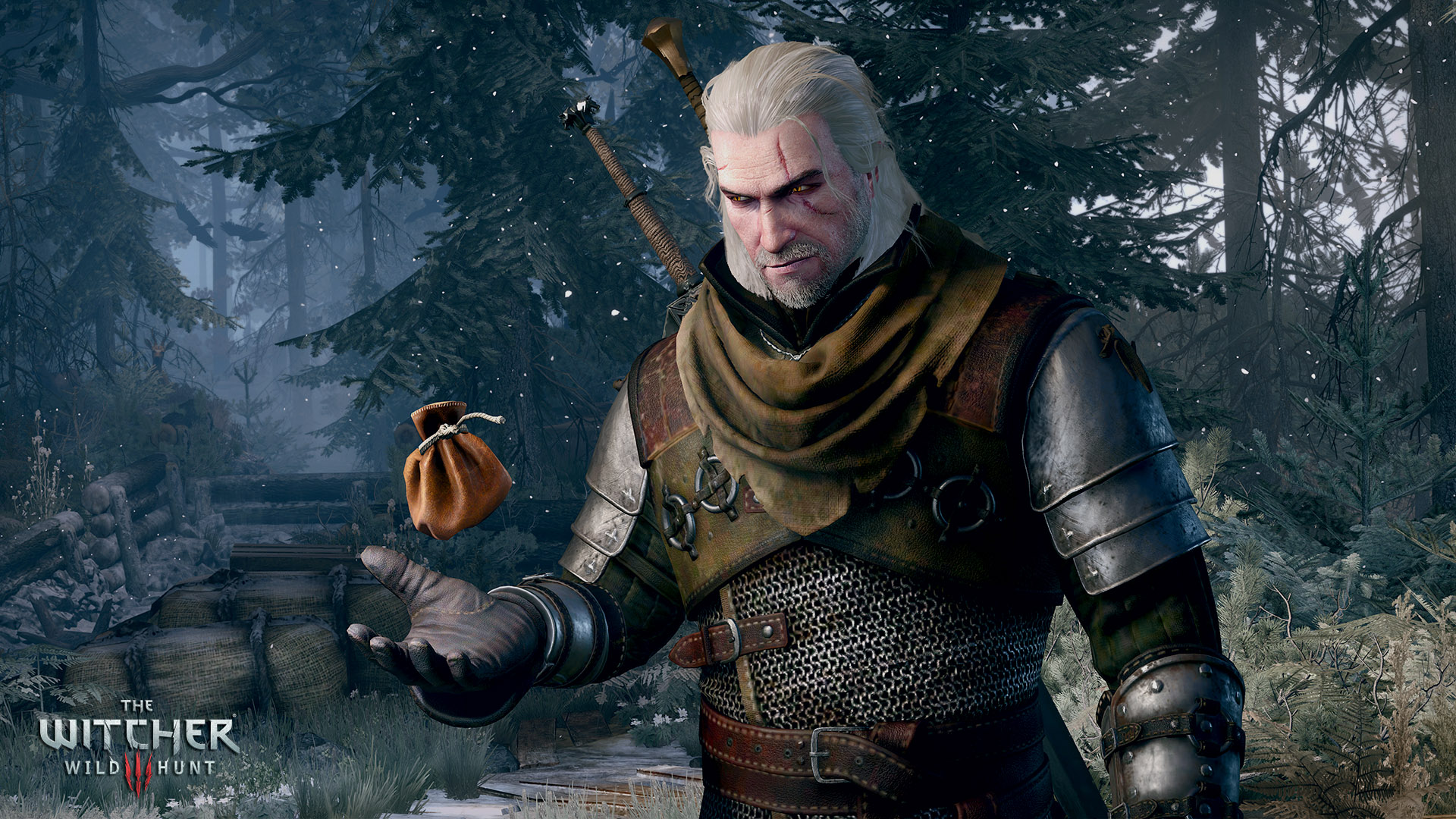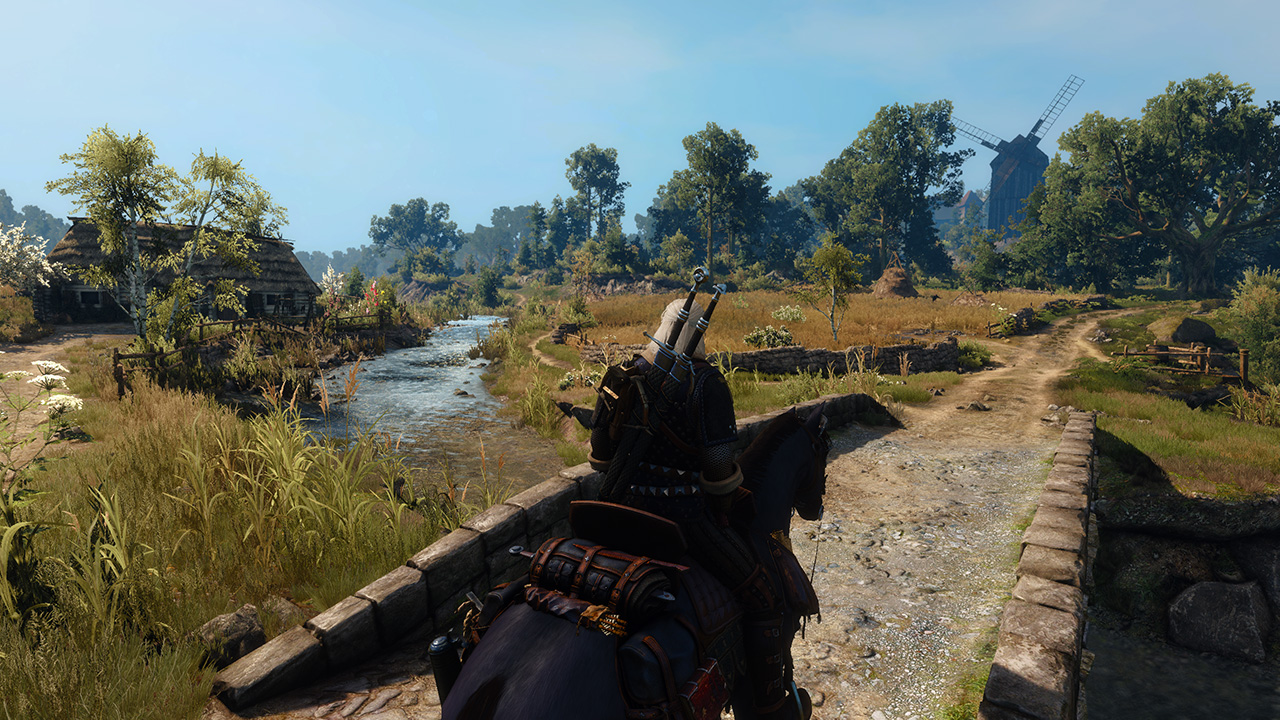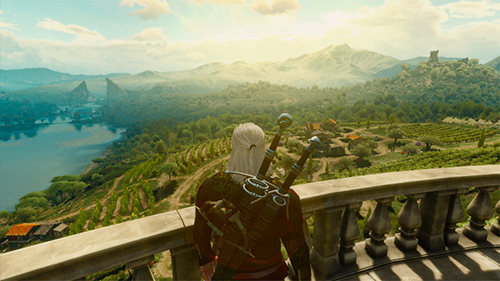
CD Projekt RED are no stranger to downloadable content, supplementing The Witcher 3: Wild Hunt‘s predecessors with post-launch goodies that ranged from presentation overhauls to a handful of new quests and missions, but it arguably wasn’t until Wild Hunt that the famed Polish developer hit the ground running. While the first release, Hearts of Stone, successfully aimed at expanding the core Wild Hunt map of Velen with sensibly integrated landscapes fueling a thrilling new plot, it is the last of the two post-launch packages, Blood and Wine, that really proves what the team is capable of when they pool all their chips into a fully fledged expansion pack.
Yes, Blood and Wine is quite the treat; a decadent feast of all things Witcher 3, fittingly serving as both the most comprehensive post-launch Witcher content we’ve ever seen, and one last hurrah for the grizzled, moody, and adventurous monster slayer we’ve all grown to love, Geralt.
As noted, Blood and Wine strays from Hearts of Stone location expansion in favour of an entire new region. Enter Toussant, “the land of love and wine”, a place where European romanticism, sun kissed vineyards, and a fairytale castle combine. CDPR’s mastery in distinct local flavour is yet again at the forefront, the trip to Toussant reminiscent of arriving in Velen from White Orchard or Skellige from Novigrad, holding no punches in the sheer breadth of entirely new assets, musical cues, colour tones, and more. Together, they make for a totally unique atmosphere distant from the war ravaged No Man’s Land and Ard Skellig’s icy loneliness. Toussant’s sprawling plains reach far further than any Witcher aficionado would reasonably expect given the ludicrously low entry price, and within seconds of arrival I was enveloped in that familiar overwhelming feeling. Make no mistake; while Hearts of Stone liberally reused assets (for good reason), Blood and Wine is almost completely unique from top to bottom, beyond the obvious aesthetic differences, right down to the NPC ambient dialogue and dandelions blowing in the breeze, and wouldn’t for a second feel out of place had it simply been an entirely new region unlocked post-Skellige.
Realistically, fans shouldn’t expect reinvention of the wheel. While the scope of the expansion is unbelievably impressive, the content itself is largely what we’re familiar with. You’ll still be visiting bandit camps, monster nests, monster contracts, hidden treasures, points-of-interest, and so on. There are a couple of neat additions and twists to the tried and true formula, but generally these are simple contextual re-imaginations of standardised content. That context, however, contributes largely to Blood and Wine‘s production scope; if you found yourself enthralled by the little notes and details in Wild Hunt, so too will you in Blood and Wine, as great strides have been made to integrate even the simplest hidden treasure and monster nest sensibly into the lore and contextual framework, often with a note and/or visual cue to tell a little story of why exactly that corpse is hanging from.
Truly, adventure is the heart of this expansion pack, and if Hearts of Stone could be considered a straight forward diversion it is Blood and Wine that effortlessly sweeps Geralt off on a proper journey with all the grandiose trimmings that come with.
Unfortunately those trimmings don’t come free. Hearts of Stone was rightly praised for its driven narrative and memorable villain, and by comparison Blood and Wine is flimsier. And it’s not a case of Blood and Wine lacking in presence and character; Geralt’s journey into the depths of Vampirism (as if the name didn’t give it away), and his hunt for a murderous spree killer terrorising the Toussant aristocracy, is ripe with a diverse cast and stand-out set pieces that easily stand proud amidst the impressive crop of The Witcher 3 quests. That said, the quest structure and narrative pacing is more reminiscent of Wild Hunt over Hearts of Stone, forgoing momentum to accommodate for player initiated breaks when an alternate monster contract or castle ruin on the horizon is momentarily more appealing than, you know, obeying the royal duchess and stopping murders.
It’s a similar “problem” to the early Ciri arcs in Wild Hunt; the content is divine but realistically it makes no sense for Geralt to cease pursuing his surrogate daughter to help an old lady find her frying pan. And here taking a break from royal detective work to find a statue’s stolen penis is equally silly. But that’s okay, because even with its noted narrative weaknesses off the back of Hearts of Stone, Blood and Wine still delivers in spades where it matters most; how content is presented and subverting expectations. As with all things The Witcher, the less said the better. Suffice to say Blood and Wine isn’t short on brilliant twists to old fairytales and quest structures, and countless other little moments ranging in hilarity and thought provoking, that together remind us why this series is so rightly praised in narrative conceptualisation and themes.
Blood and Wine is unashamedly the swansong to The Witcher 3. It is, to use a thematically appropriate cliché, a love letter. One that embellishes the core identity of Wild Hunt and with gusto, and which breathes a second wind into the life and times of Geralt of Rivia. Outside of the welcome user interface improvements (which will be available to everyone via patching), most of Blood and Wine’s framework additions are just supplements; the new mutagens are neat buffs, and the vineyard isn’t quite as expansive or robust as pre-release hype may have implied. There’s no point overselling Blood and Wine‘s simplicity, it is simply The Witcher 3. But it is all those things that make up The Witcher 3 reinvigorated with the same energy, attention, and passion that made them so alluring the first place. Blood and Wine is free of the cut corners and budgetary restrictions so prevalent in DLC. It is comprehensive in every respect, rich and thorough, where its only glaring faults and weaknesses are those shared with the core game it is based on.
Toussant is praised and renowned for its wealth and wine, and this final The Witcher outing is like indulging in a rare oak aged red. The undertones are rich with a soothing nostalgia, while the overtones dance on your tongue with curious new flavours. Subtle notes tease and delight with details, but inevitably the bottle will run dry, settling on the melancholy of finality with blissful reminiscence of great times had.
And so, knowing this is likely the last of its kind you’ll ever have, be sure to savour every drop.
As rich and thorough as a Witcher expansion should be, and a blissful send-off.
Arguably familiar to a fault, and a weaker narrative than its predecessor.



